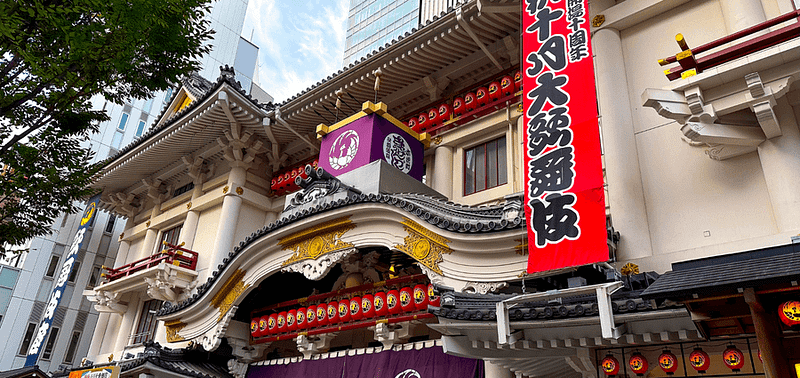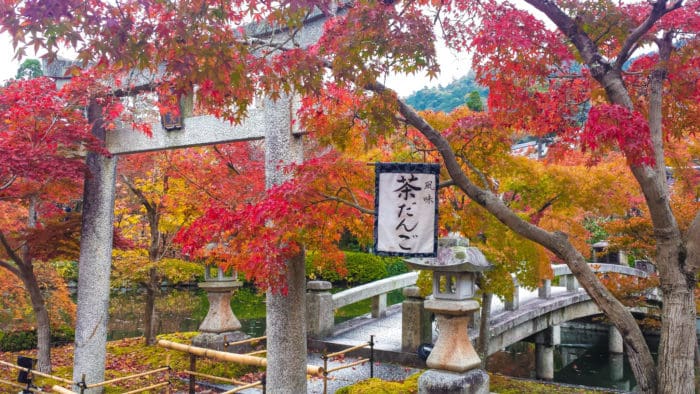They’re an absolute must-see whether you’re religious or not. Japan’s temples and shrines are some of the most beautiful in the world. Most of them are nestled into gorgeous locations across the country. Think secluded cliff-side retreats, seaside sanctuaries, or hideaways in the woods.
And they were built this way by design. Being outdoors is the best way to commune with the kami (神) – Shinto gods that are the essence of nature itself. Even if you’re not a believer, you won’t find a better place to find quiet serenity in Japan.
There, you may also notice all sorts of charms, wooden plaques, and ribbons strung about. The most fun of these is called omikuji (御神籤). They’re a traditional form of fortune-telling that anyone can take part in.
To try it yourself, read on and learn all about omikuji in Japan. You’ll find out how to choose one and how to understand your fortune.

What is Omikuji?
Omikuji is an ancient form of fortune telling in Japan. They are written on plain white paper with traditional and modern Japanese characters. Your fortune is interpreted through ancient parables that speak about health, work, family, love, and more.
You can see them hanging around temples everywhere. They’re available for anyone in exchange for a small donation of about 100-300 yen.
How to use Omikuji
There are two main types of omikuji in Japan – stick and paper. But, getting an omikuji is about the same everywhere with a few variations between temples.
The most simple way is like a gacha-style container. You pay a donation (usually around 100 to 300 yen), reach your hand into a container and grab your sealed fortune.
You might get a number instead of the omikuji itself. In this case, bring it to the temple staff and they’ll exchange it for your fortune.
Or, you might be handed a wooden cylinder by the staff instead of a fortune. Don’t just stand there sporting the classic puzzled gaijin look, give that bad boy a shake! After a rattle, you should spot an opening in the box where a numbered stick comes out. Give that stick to the staff in exchange for your omikuji.
Or! (Last one. Promise.) You might see a series of numbered drawers in the donation area. After you get your number (by paper, stick, or wooden cylinder), find the corresponding drawer to get your omikuji.
In recent years omikuji have also been available in the form of small ornaments, or okimono 置物. For example, at different shrines around Kyoto you can find these ornaments in the shape of a crow, pigeons, foxes, daruma and more.
Next, figure out if your omikuji is a good fortune or cursed fortune. What you should do next depends on which one you get.

How to read your fortune
Each omikuji usually includes a story or poem written in traditional and modern Japanese. This is the key to interpreting your fortune. These stories might be difficult to understand (even for natives) and not all omikuji are translated into English.
But, there’s an easy way to figure out how lucky you were. Each omikuji comes with a ranking. This is usually the biggest kanji on the paper. They’re each ranked like so:
- 大吉 (Dai-kichi) – very lucky
- 吉 (Kichi) – lucky
- 中吉 (Chū-kichi) – moderately lucky
- 小吉 (Shō-kichi) – slightly lucky
- 半吉 (Han-kichi) – half-way lucky
- 末吉 (Sue-kichi) – good luck to come (but not right now)
- 小凶 (Shō-kyō) – a bit unlucky
- 半凶 (Han-kyō) – half-way unlucky
- 末凶 (Sue-kyō) – bad luck to come (but not now)
- 凶 (kyō) – bad
- 大凶 (Dai-kyō) – very bad
If you got a lucky fortune, congrats! You can keep the omikuji as a souvenir and enjoy all the good tidings it brings.
If you got a bad fortune, don’t worry! There’s a special way to deal with poor luck right there at the temple.

What to do with bad fortune Omikuji
You’re not the only one to get bad luck omikuji from time to time. See the white papers rolled and tied up around the temple? Those are other bad readings. They’re left behind for the kami to take care of.
Find some string or ask the temple staff and you can add your omikuji to the rest. Soon enough, they’ll be ritually burned and offered to the kami for cleansing (leaving you with decent luck once again).
Keep in mind it may be considered disrespectful to keep taking omikuji if you don’t get a good fortune. So take it in stride and enjoy looking forward to your next temple visit!
Learn more about Japan
Good fortune or not, there’s so much more waiting for you to discover. Follow Go! Go! Nihon for more on Japanese life, culture, and language on Instagram, Facebook, Twitter, and TikTok.















